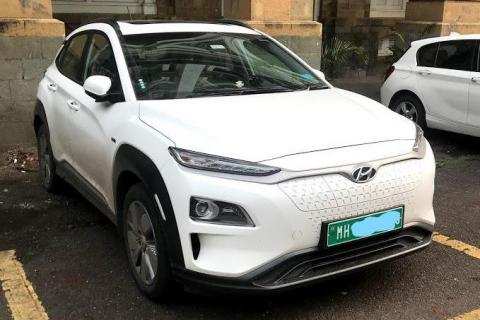Table of Contents
ToggleOverview of Electric Vehicle Ownership Costs
When it comes to owning an electric vehicle (EV), many people are curious about how the costs stack up over time. Recently, a member of a popular car enthusiast community shared their experience with their electric vehicle, specifically highlighting the expenses incurred over 185,000 kilometers (approximately 115,000 miles). This post gives an insightful look into the financial aspects and performance of owning an EV.
Total Expenses
According to the user, they have spent a total of ₹5,91,456 over the course of driving 185,000 kilometers in their electric vehicle. Notably, this figure encompasses all expenses except for fines, offering a comprehensive view of ownership costs.
Cost Per Kilometer
One of the most remarkable aspects of this ownership experience is the cost per kilometer. The owner pointed out that the efficiency of electric vehicles is such that they are able to achieve cost-per-kilometer rates that traditional internal combustion engine (ICE) vehicles would struggle to match. This is a significant advantage for those considering a switch to electric.
Charging Habits
Charging infrastructure plays a crucial role in the expenses of owning any electric vehicle.
Home Charging: The user reported that 90% of their charging occurs at home. This can greatly reduce overall costs since charging at home can often be cheaper than relying on public charging stations.
- Driving Range: The vehicle’s predictive features show that it can achieve a driving range of over 300 kilometers under mixed highway and city driving conditions. However, it’s important to note that the range may decrease during consistent high-speed driving, such as on expressways.
Maintenance and Repairs
Just like any vehicle, an electric car requires maintenance. The user shared some experiences regarding this aspect:
Tire Replacement: Recently, they had to invest in a new set of tires, as the previous set had lasted an impressive 76,000 kilometers. This demonstrates the durability of EV-compatible tires.
- Regular Maintenance: The owner also mentioned that they are awaiting repairs for a damaged rear bumper and left side taillight caused by a careless rickshaw driver. These instances highlight that while electric vehicles have fewer mechanical parts, they are still susceptible to the everyday bumps and scrapes that all vehicles face.
Conclusion
Owning an electric vehicle can often lead to cost savings compared to traditional vehicles, especially when considering the reduced expenses for fuel and maintenance. While the upfront investment for electric vehicles may be higher, many owners find that the long-term savings, in terms of both operations and environmental impact, make it a worthy choice. This user’s experience serves as a testament to the ongoing shift toward electric mobility, showcasing both the practicality and the financial viability of owning an EV.
Key Takeaways
- Total cost over time can be manageable: The user spent approximately ₹5,91,456 for 185,000 kilometers.
- Home charging is a game-changer: Relying on home charging can significantly cut costs.
- Effective driving range: A well-maintained electric vehicle can provide over 300 kilometers of driving range under mixed conditions.
- Regular maintenance is still necessary: Basic repairs and replacements, such as tires, remain part of ownership.
Through shared stories like this, current EV owners can gain inspiration, while potential buyers can have a clearer picture of what to expect when investing in an electric vehicle.



